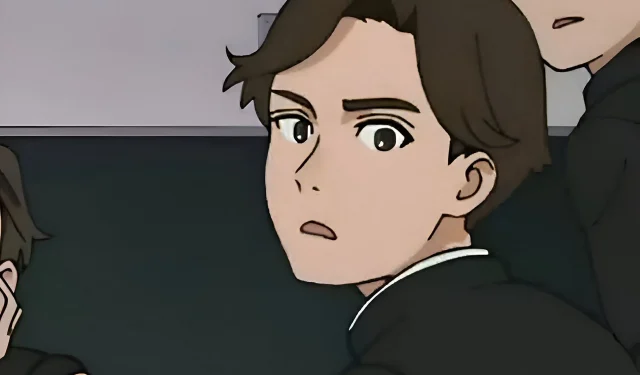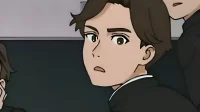In the dynamic world of Dandadan, creator Yukinobu Tatsu showcases his exceptional storytelling prowess by purposefully weaving new characters into the existing narrative tapestry through meticulously crafted arcs. This method not only enriches the storyline but also deepens character development, providing an engaging experience for readers.
Recently, one character gaining traction within the fan community is Hase. Observations about Hase’s similarities with established cast members imply a strong likelihood of his integration into the main ensemble, elevating the anticipation among viewers.
Through careful analysis of thematic parallels between existing character pairs, it becomes evident that Tatsu employs specific narrative templates in character introductions. Such a pattern suggests that Hase’s eventual and permanent addition to the core group is not merely a possibility; it seems almost inevitable.
Disclaimer: This article represents a speculative theory based on the writer’s analysis and opinions.
Thematic Duos in Dandadan: The Supernatural Pattern of Character Introductions
The character introduction pattern is clearly illustrated through our protagonists, Okarun and Momo, who, driven by their adventurous spirit, engage with supernatural encounters that irrevocably alter their lives. This initial pair establishes a foundational template for introducing future characters.
Following Okarun and Momo, we encounter Aira and Jiji, characters united by their guardianship from spirits, forming another thematic duo. This tactic continues with Vamola and Kinta, who are linked through narratives surrounding alien technology; their connection sets them apart while still maintaining a cohesive storyline structure.
Next, Rin and Zuma emerge as yet another pair, both sharing the profound emotional weight of childhood losses. This common background not only enriches their individual stories but also adheres to the established tradition of pairing characters within the series.
The most recent character interaction involves Hase and Kouki, both of whom find their moments of triumph overshadowed by established main cast members. This thematic resonance is particularly significant as it lays the groundwork for Hase’s potential permanent inclusion.
The Character Pairing Formula of Dandadan
The appeal of Tatsu’s approach lies in his ability to craft distinct characters who retain their individuality, even while sharing thematic connections. This careful balance prevents the narrative from becoming predictable and enhances reader engagement.
Tatsu’s structural methodology acts as a navigational guide for readers, assisting them in understanding how new characters seamlessly integrate into the group dynamics while allowing for organic character evolution and surprising plot twists.
Hase’s narrative arc is particularly compelling; initially portrayed as somewhat of an antagonist, his alignment with the overarching themes established by earlier character pairs indicates a potential path toward becoming a steadfast member of the main cast. His bond with Kouki, forged through shared experiences of unfulfilled aspirations, serves as an ideal narrative foundation for the impending integration.
Conclusion
The charm of Dandadan’s evolving cast lies in Tatsu’s strategic balance achieved through a thoughtful character introduction technique. By exploring these thematic patterns, readers can gain a deeper understanding of the intentional design behind the manga’s expanding character repertoire and anticipate how new entrants like Hase are poised to find their rightful place in the unfolding chaos of adventure.
As the narrative universe of Dandadan continues to develop, this ongoing formula provides a sturdy framework amidst the unpredictable elements of the story, making Hase’s eventual full integration not only a strong possibility but a natural progression, following the established trajectory of Tatsu’s exceptional character development strategy.


